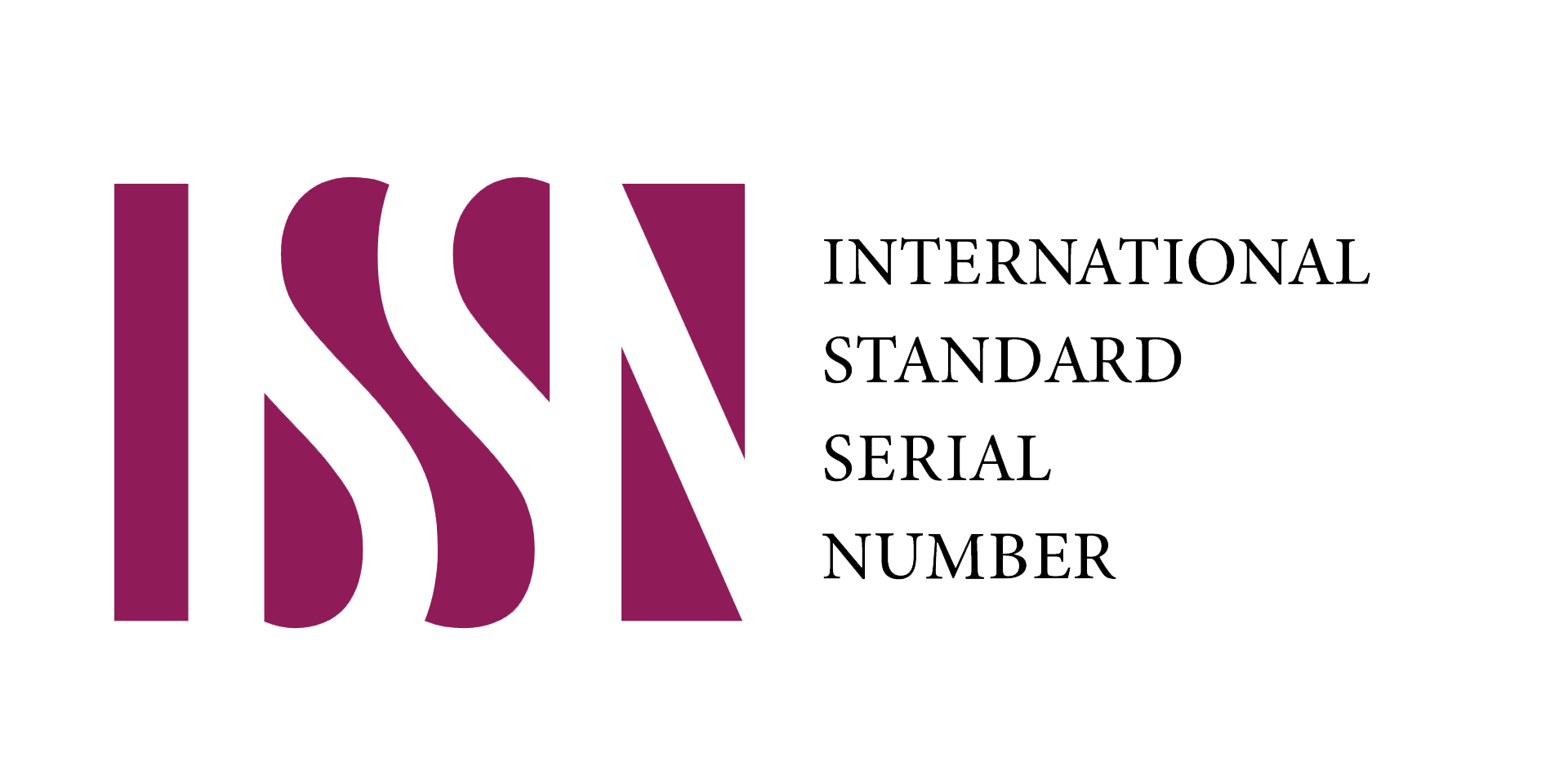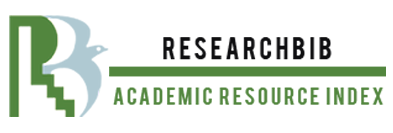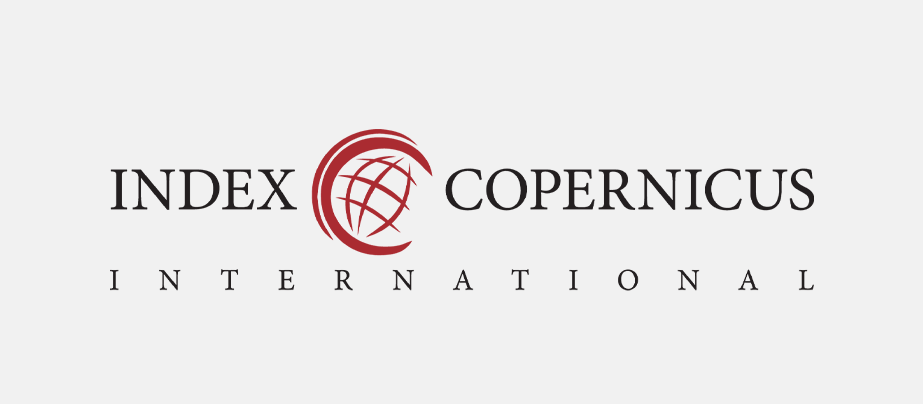Semantic Classification of Pottery Terms in English and Uzbek Languages
Keywords:
pottery terms, semantic classification, english language, uzbek language, comparative analysis, cultural linguistics, linguistic anthropology, corpus analysis, cross-cultural semantics, material artifactsAbstract
This study looks into how phrases related to pottery are classified semantically in the English and Uzbek languages, with an emphasis on how each language classifies and characterizes different kinds of pottery. Pottery has great linguistic significance since it is a fundamental part of everyday life and cultural legacy. This study attempts to identify the linguistic subtleties and cultural factors that mold the terminology used in both languages through a comparative examination. This study discovers and groups pottery concepts into semantic domains using a mixed-methods methodology that includes corpus analysis, questionnaires, and interviews with native speakers and subject matter specialists. The results show important parallels and divergences in the conceptualization and labeling of pottery, providing information about the historical and cultural backgrounds that shape these language patterns. This work highlights the complex link between language, culture, and material objects, which is of interest to the larger fields of cross-cultural semantics and linguistic anthropology.










